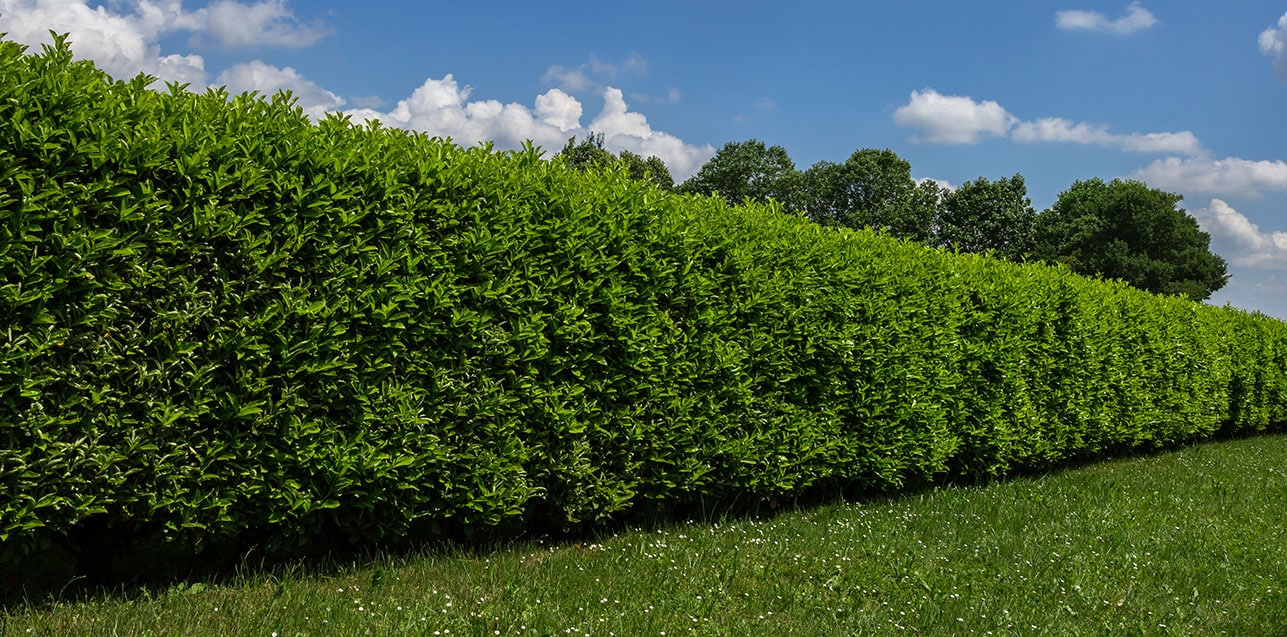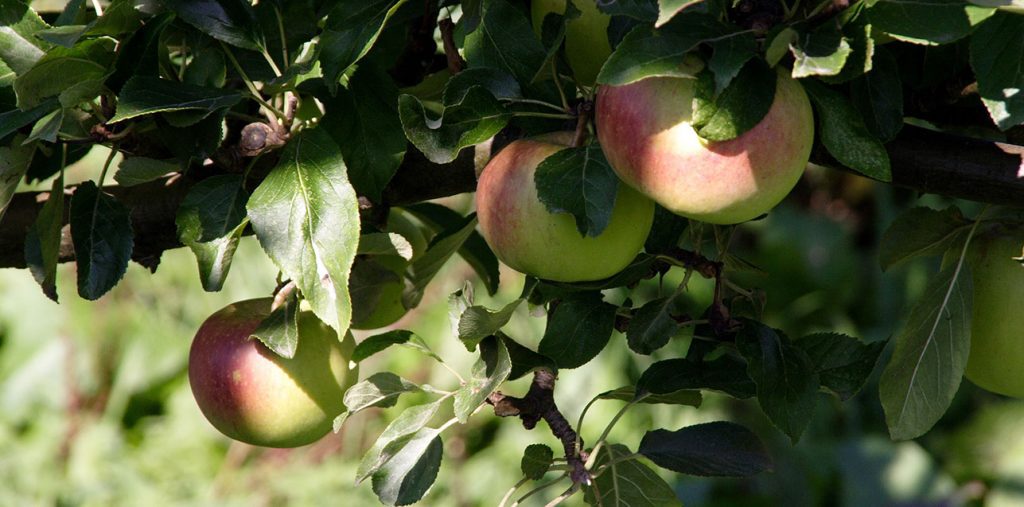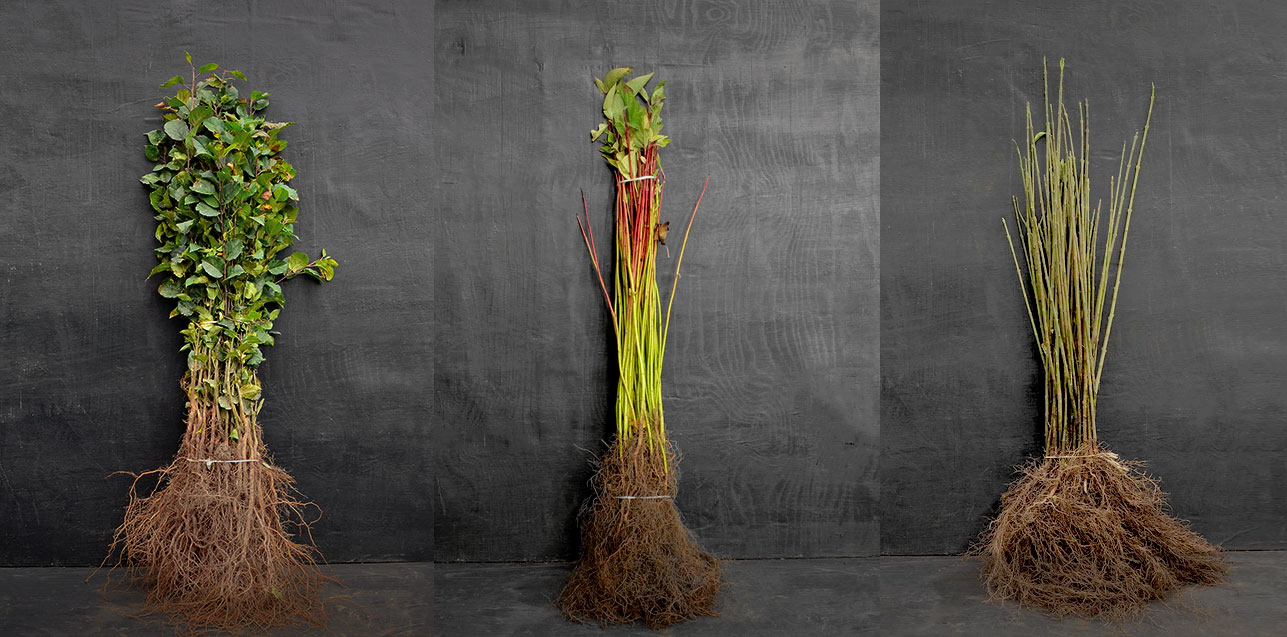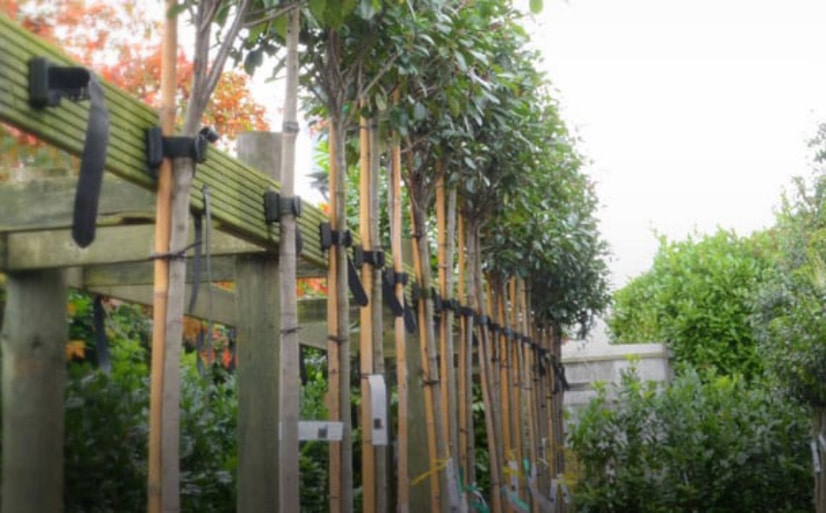As the seasons shift, we sometimes hear from customers concerned about yellow leaves appearing on their evergreen plants (like Laurel). The good news is that yellowing leaves aren’t always a sign of trouble. In many cases, they’re simply part of a plant’s normal growth cycle.
Yellowing on Laurel
If you notice yellow leaves appearing halfway down Laurel branches, or closer to the main stem, there’s usually no need to worry. This pattern indicates that only older leaves are being shed naturally.
However, if the yellowing is concentrated at the branch tips, the area where new growth should appear, it could signal stress, nutrient deficiency or another issue that needs attention.
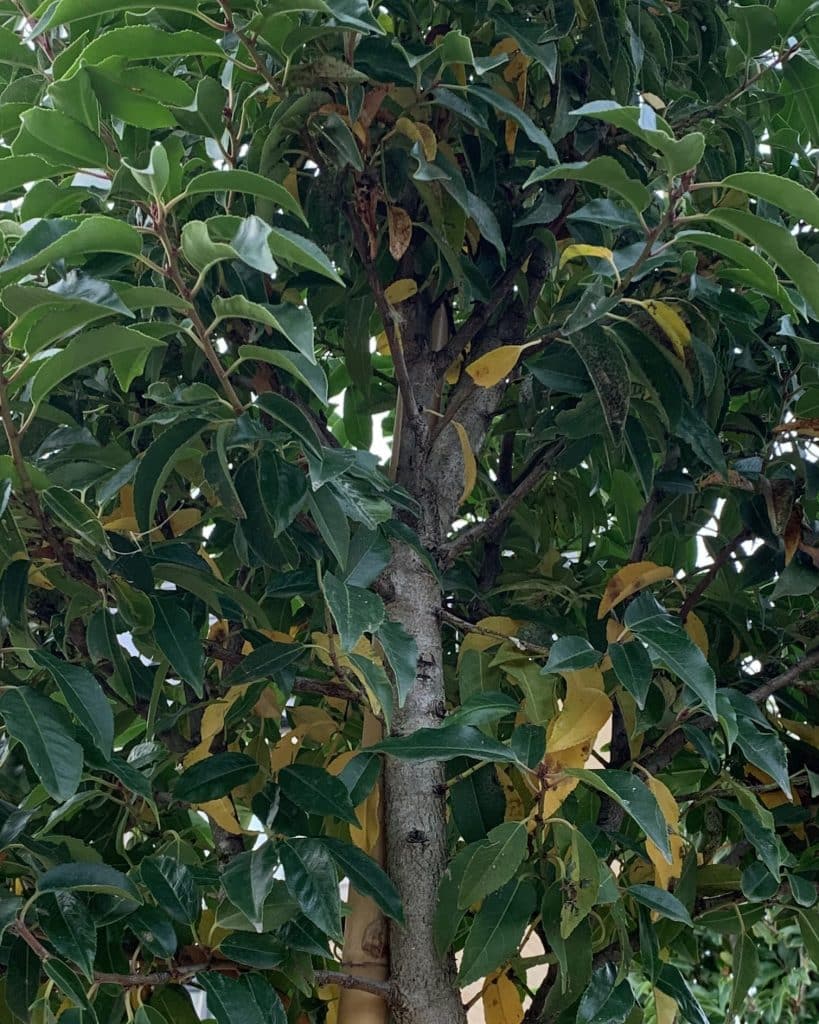
this is the older leaves being naturally shed.
Yellowing in Autumn
During autumn, laurel plants may shed some of their older leaves. This natural process helps the plant conserve energy and prepare for the colder months ahead. The yellowing and eventual drop of mature leaves is a normal part of renewal, somewhat similar to how deciduous trees lose their foliage in autumn.
Keep in mind that some deciduous trees also show yellowing leaves at this time, but in their case, the colour change is part of the normal autumn transition before leaf drop. Yellow autumn foliage is especially common in trees like birches.
Yellowing in Spring
Even in spring, a few yellow leaves can appear as the plant redirects energy toward new growth and flower production. When new shoots are forming, the plant may sacrifice some of its older foliage to support that burst of fresh energy.
Read More:
A Guide to Screening Trees: Is Photinia Good for Natural Privacy?
Bare Root Planting Tips: How to establish a native hedge on a tight budget
A Guide to Pleached Trees: How effective are Hornbeam at creating privacy?


